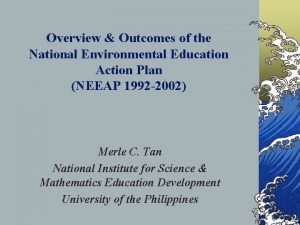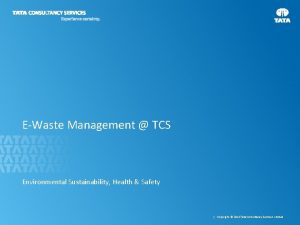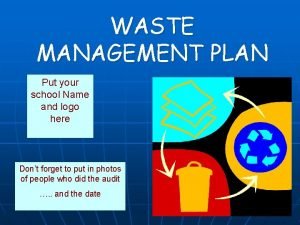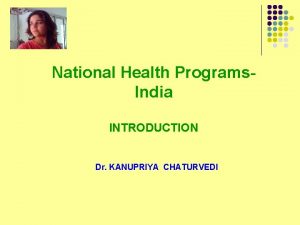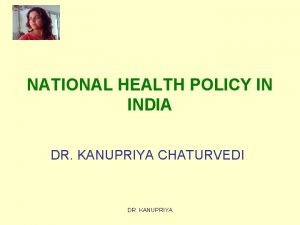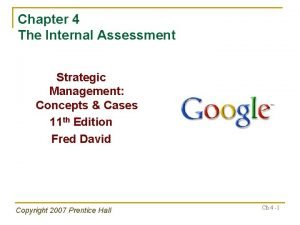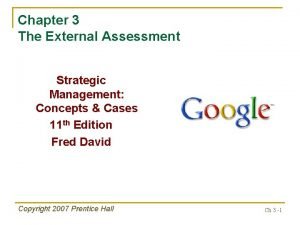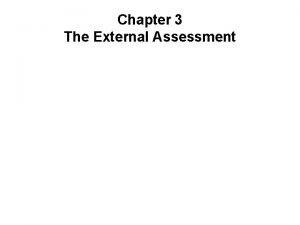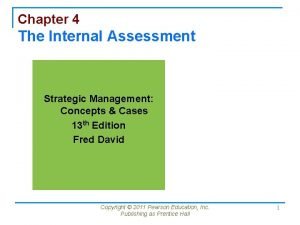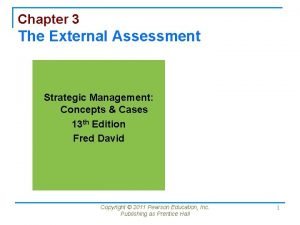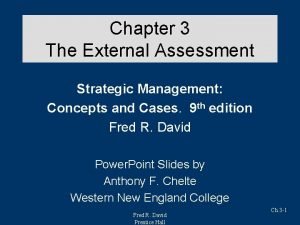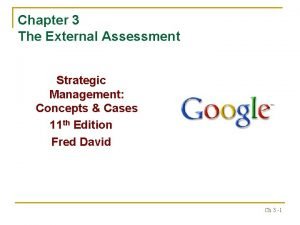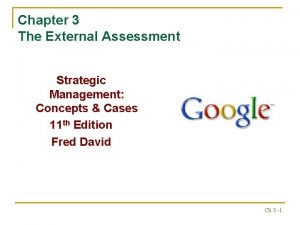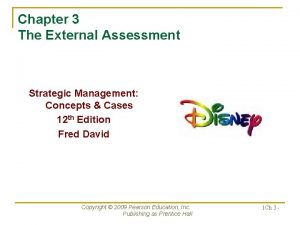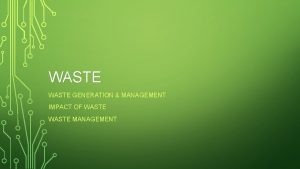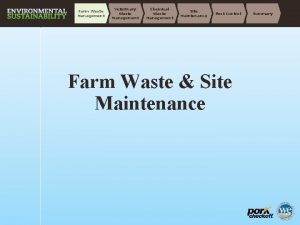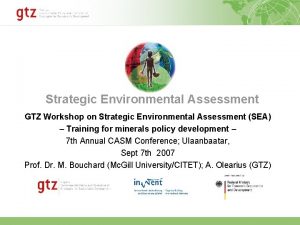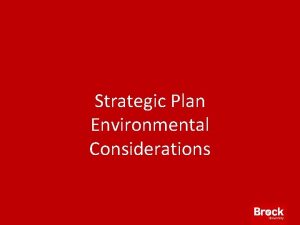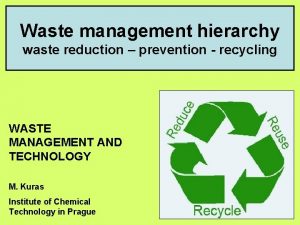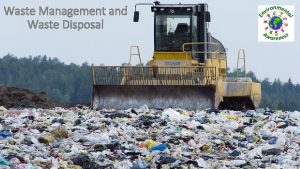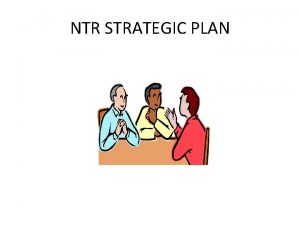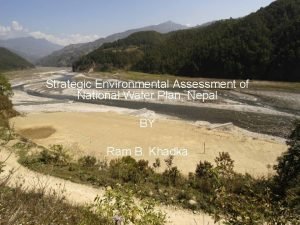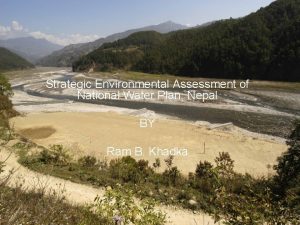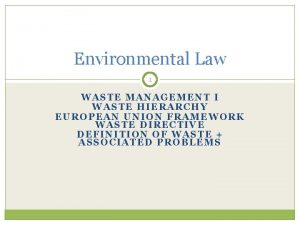National Plan Waste Management 2002 Strategic Environmental Assessment

















- Slides: 17

National Plan Waste Management 2002 Strategic Environmental Assessment Arend Kolhoff Netherlands Commission for EIA www. eia. nl Jordan - September 2003

National policy waste management Main objectives: 1. Prevention 2. Re-use 3. Incineration Landfilling is not allowed anymore since 1996

National waste management plan 2002 National level, deals with: n prevention of waste production n infrastructure for collecting (hazardous) waste n setting ‘so-called’ minimum standards (techniques) n establish capacity for waste incineration Plan is renewed every 4 years Proponent and CA: Ministry of Environment Private sector is handling waste treatment

National waste management plan 2002 SEA was carried out: n n (1) to compare different techniques and define preferred technique (2) to investigate different need scenarios for incineration to determine needed incineration capacity

(1) Selection of preferred techniques n 26 waste streams investigated (asbestos, batteries, mercury containing waste, dissolvents, organic waste, waste oil etc) Example waste oil: • in rotary drum incinerator • use as fuel in cementoven • additional fuel in power station • distallation with sodium treatment

Methodology for impact analysis Life Cycle Analysis Advantages: n standardized technique n Use of computer model n All effects from production to disposal n Includes positive effects of re-use Disadvantage: high data demand

LCA: environmental themes Climate change Acidification Eutrophication Toxicity Use of resources Use of space Biodiversity

Weighting to reflect policy priorities Four weight sets were applied: • • • All effects for 7 themes equally important Contribution to policy objectives most important Climate change and toxicity most important

Comparison of alternatives n n analysis of most friendly technique for the environment preferred technique

(2) Capacity planning incineration 2 scenario’s : seperation in different (caloric) components with specific processing (use in power plants, cement ovens, incineration plant) 1 scenario: all waste integrally burned in waste incinerators 1 scenario: no increase in capacity (landfills)

National Waste Management PLan Comparison alternatives • simplified LCA • use of space for waste that is land-filled • emissions of NOx, CO 2, CO, carbon hydroxides, NH 3 en dioxins

Methodology for public participation All major national NGOs: Round tables on alternatives & impacts Selected national NGOs: Continuous sounding board

Methodology for public participation Local NGOs and local governments: Actively invited to send comments In both scoping and reviewing stage Private citizens: Written comments during scoping and reviewing

Methodology for public participation Methods applied: • • • Discussion groups in early stage Sounding boards throughout process Technical expert workshops Information meetings for general public Mass media and information bulletin

Results of public participation High response national NGOs: alternatives Increased focus on new alternative: separation High response local groups: local issues Low response by private citizens

Decisions Two new incinerators are required Prefered technique for 26 waste streams New incinerators subject to EIA

Lessons learned LCA useful, but not in all cases Extensive public participation useful: n Led to broad acceptance of plan n Increased ‘holistic’ approach by NGOs Public should also be involved in stating assumptions SEA made EIA easier to do: n Methodology developed n Alternatives compared
 Trgpol
Trgpol Io model strategic management
Io model strategic management Tows matrix
Tows matrix National higher education strategic plan
National higher education strategic plan Tcs environmental management assessment
Tcs environmental management assessment Waste management plan for schools
Waste management plan for schools Advantages of stationary container system
Advantages of stationary container system Dr. kanupriya chaturvedi
Dr. kanupriya chaturvedi Dr. kanupriya chaturvedi
Dr. kanupriya chaturvedi Chapter 4 the internal assessment (strategic management)
Chapter 4 the internal assessment (strategic management) Internal and external assessment in strategic management
Internal and external assessment in strategic management What is external assessment in strategic management
What is external assessment in strategic management Exemplifies the complexity of relationships
Exemplifies the complexity of relationships External strategic management audit
External strategic management audit Internal and external assessment in strategic management
Internal and external assessment in strategic management Efe matrix of apple
Efe matrix of apple Internal and external assessment in strategic management
Internal and external assessment in strategic management Competition in virtually all industries is
Competition in virtually all industries is
